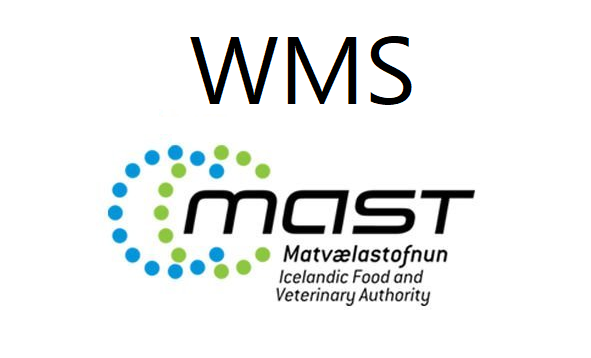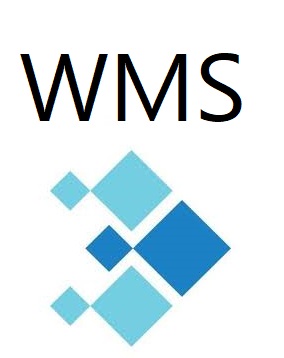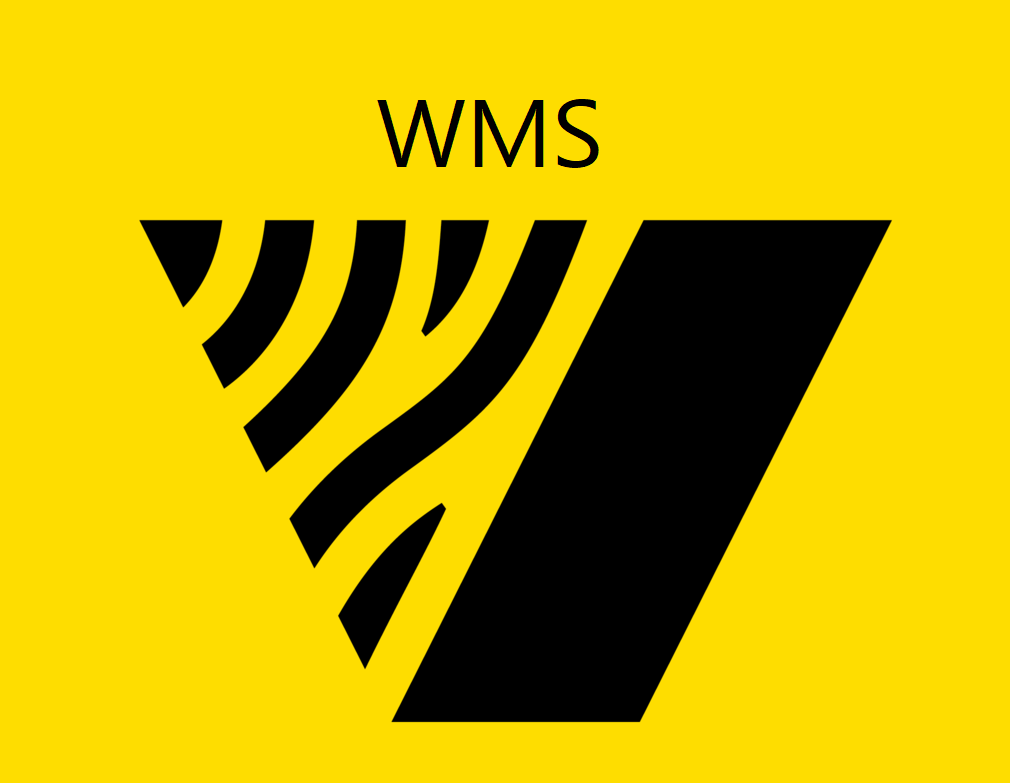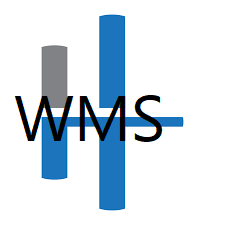OGC:WMS
Type of resources
Available actions
INSPIRE themes
Keywords
Contact for the resource
Provided by
Years
Formats
status
Service types
-

Land og skógur, skoðunarþjónustur (áður Skógræktin).
-

Skoðunarþjónustur Landhelgisgæslu Íslands
-

The European Organisation for the Exploitation of Meteorological Satellites (EUMETSAT) is an intergovernmental organization founded in 1986, consisting of 30 member states dedicated to the operation of meteorological satellites for monitoring weather, climate, and environmental phenomena. Headquartered in Darmstadt, Germany, EUMETSAT plays a crucial role in providing accurate and timely data and services to meteorological agencies, researchers, and policymakers worldwide. EUMETSAT operates a fleet of geostationary and polar-orbiting satellites equipped with a variety of instruments for observing Earth's atmosphere, oceans, and land surfaces. These satellites capture a wealth of data on weather patterns, atmospheric composition, sea surface temperatures, and other meteorological and environmental parameters. By integrating data from its satellites with ground-based observations and numerical weather prediction models, EUMETSAT produces a wide range of products and services to support weather forecasting, climate monitoring, and environmental analysis. One of EUMETSAT's primary data dissemination channels is its EUMETCast system, a satellite-based data distribution network that delivers real-time and near-real-time satellite data, imagery, and products directly to users' ground receiving stations. Through EUMETCast, meteorological agencies, research institutions, and other users can access a wealth of meteorological and environmental data for use in weather forecasting, climate research, and disaster management applications. In addition to data dissemination, EUMETSAT offers a range of services and products tailored to the needs of its users. These include operational weather forecasting services, such as the Nowcasting SAF (Satellite Application Facility) and the Numerical Weather Prediction SAF, which provide specialized products for short-range weather prediction. EUMETSAT also collaborates with other international organizations, such as the European Centre for Medium-Range Weather Forecasts (ECMWF) and the World Meteorological Organization (WMO), to develop and deliver joint products and services for global weather and climate monitoring. Overall, EUMETSAT plays a critical role in advancing meteorological science and enhancing our understanding of Earth's weather and climate system. By operating state-of-the-art satellite systems and providing comprehensive data and services, EUMETSAT contributes to improved weather forecasting, climate monitoring, and disaster preparedness, ultimately benefiting society and the environment. This page serves as a description of the service and access to their data portal.
-

Skoðunarþjónustur Mast
-

Skoðunarþjónustur Fiskistofu
-

Skoðunarþjónustur Byggðastofnunar
-

Skoðunarþjónustur Vegagerðarinnar
-

Skoðunarþjónustur Hagstofunnar
-

The Geonetwork Catalog of the Arctic Biodiversity Data Service (ABDS) https://abds.is/ is an integral component of the Conservation of Arctic Flora and Fauna (CAFF) initiative https://www.caff.is/. CAFF is a working group of the Arctic Council dedicated to addressing the conservation challenges facing Arctic biodiversity and promoting sustainable management practices in the region. As part of CAFF's mandate, the ABDS aims to provide a comprehensive and accessible repository of biodiversity-related data and information specific to the Arctic. The Geonetwork Catalog within ABDS serves as a centralized platform for discovering, accessing, and sharing geospatial datasets relevant to Arctic biodiversity conservation and management. It hosts a diverse range of spatial data layers, including species distribution maps, habitat classifications, ecosystem assessments, land cover maps, and more. These datasets are sourced from various contributors, including scientific research projects, monitoring programs, government agencies, indigenous knowledge holders, and non-governmental organizations. Hereafter you can find the WMS, WFS and GeoNetwork connections.
-

Skoðunarþjónustur LBHÍ.
 Lýsigagnagátt
Lýsigagnagátt